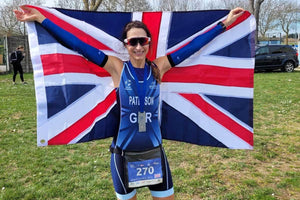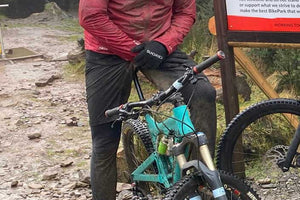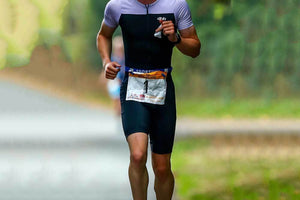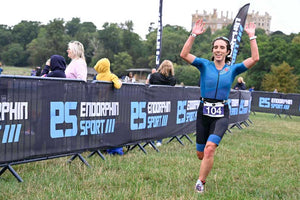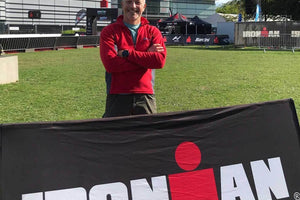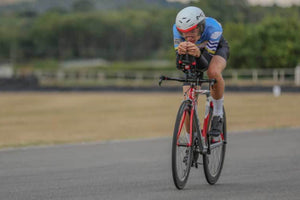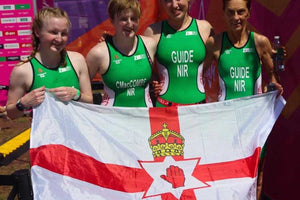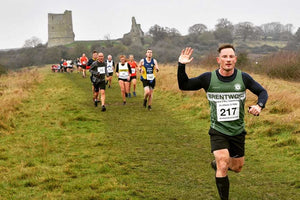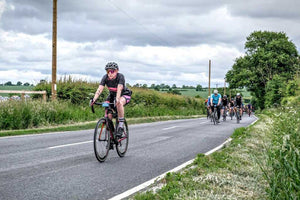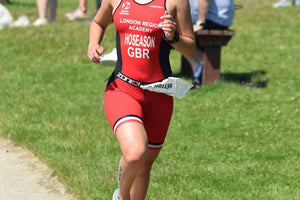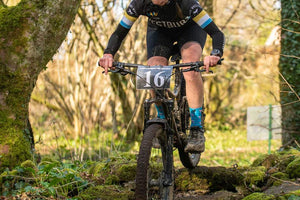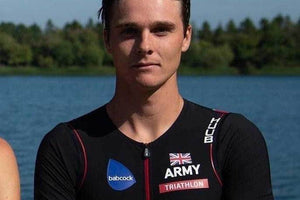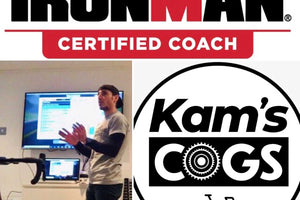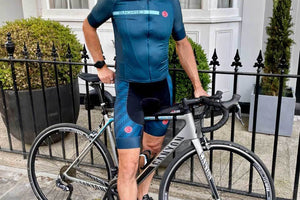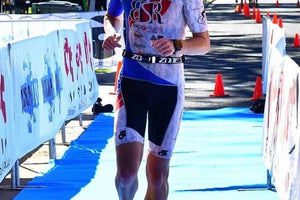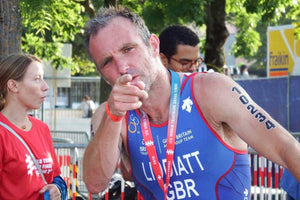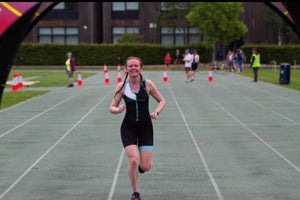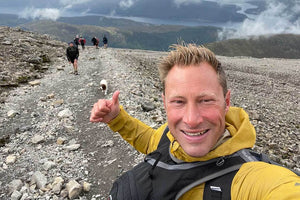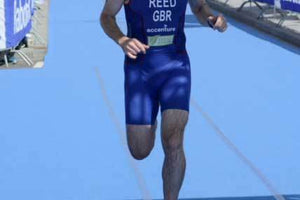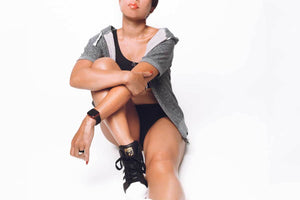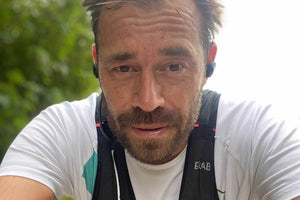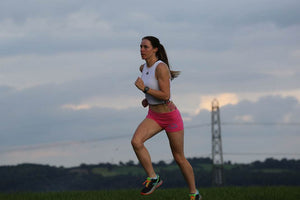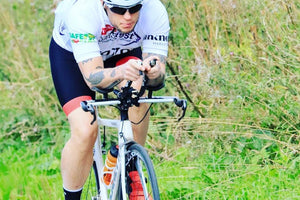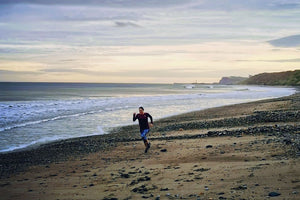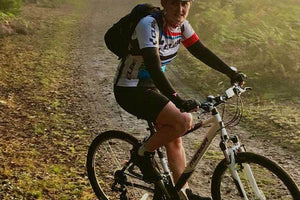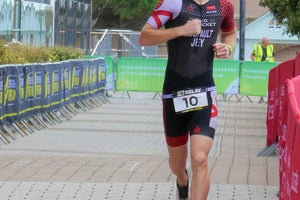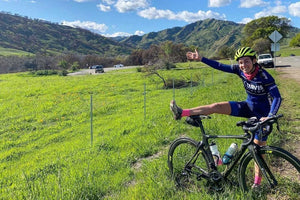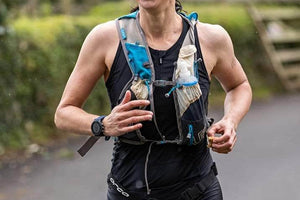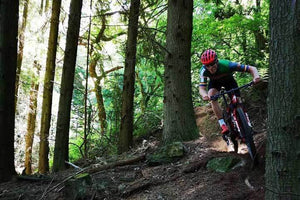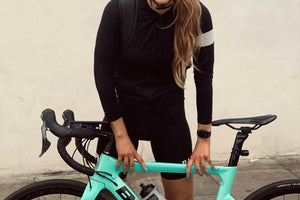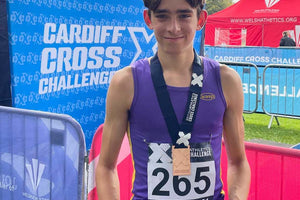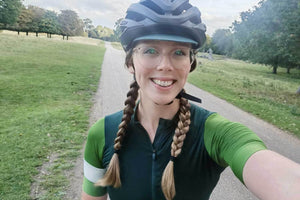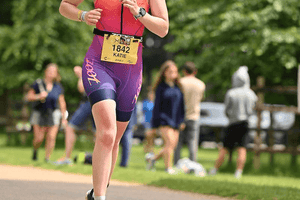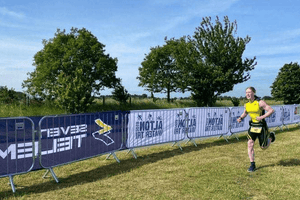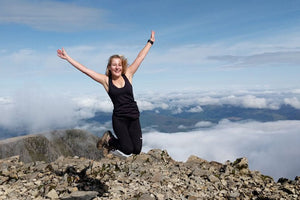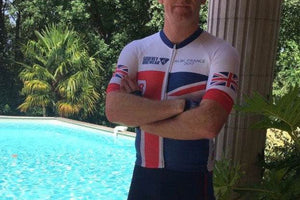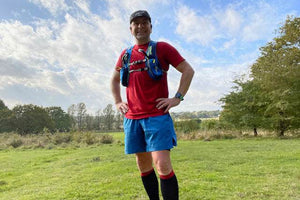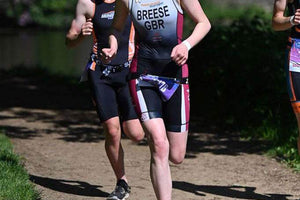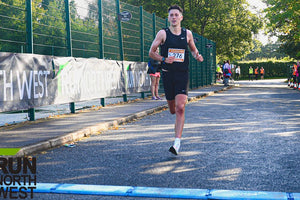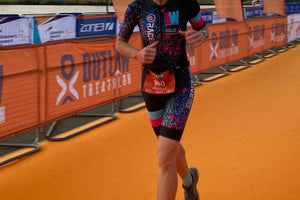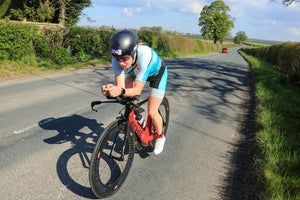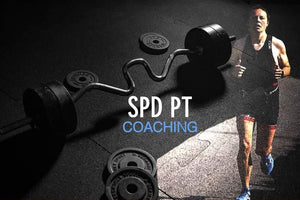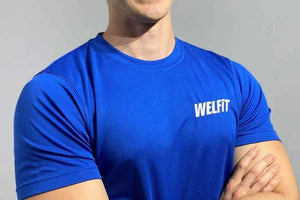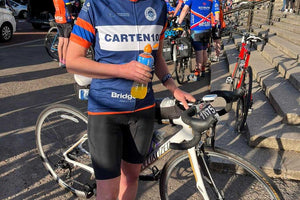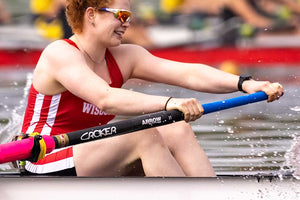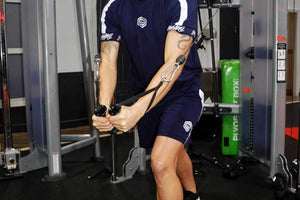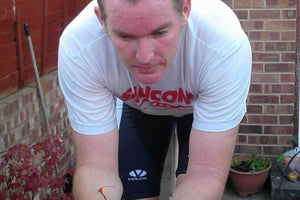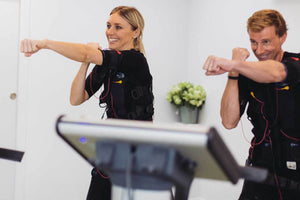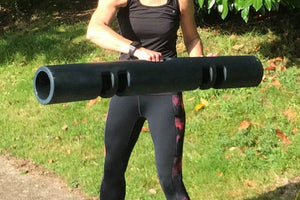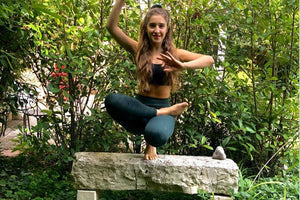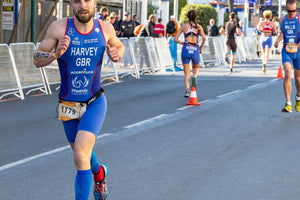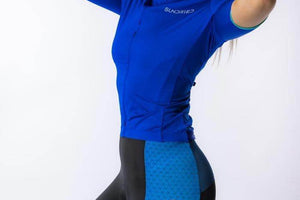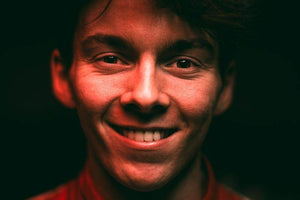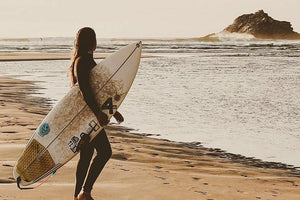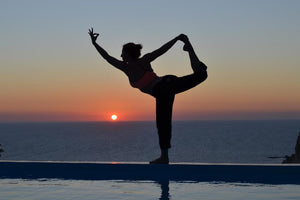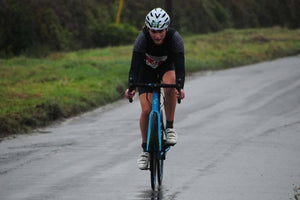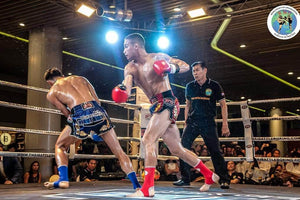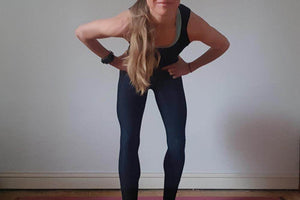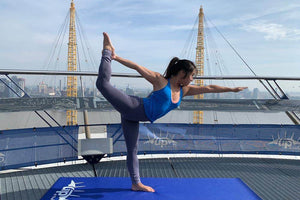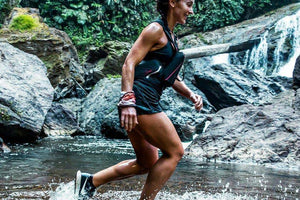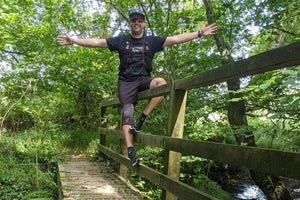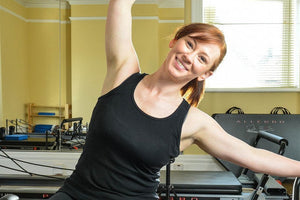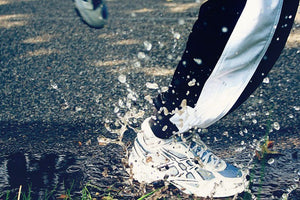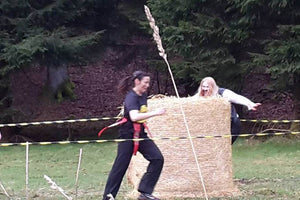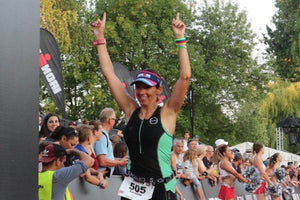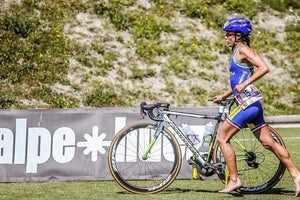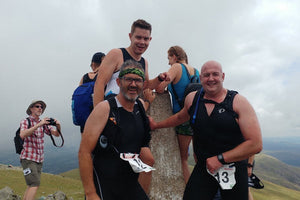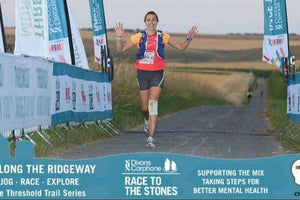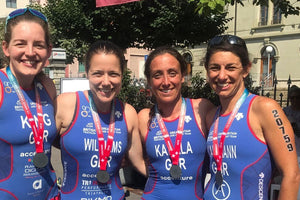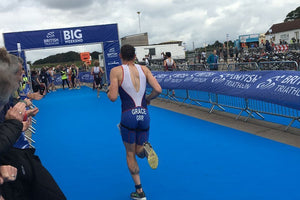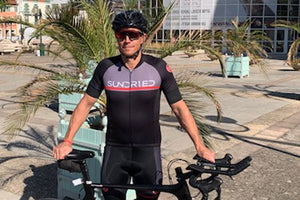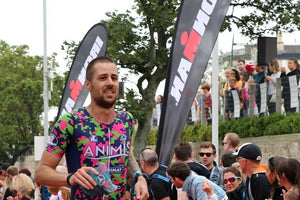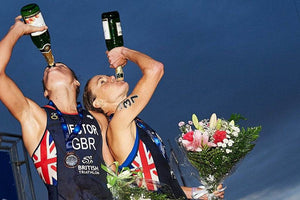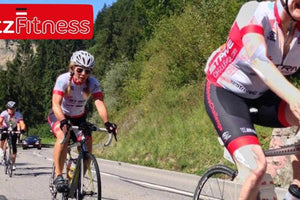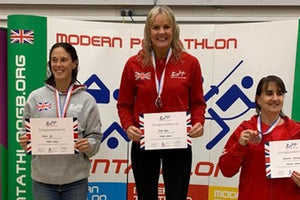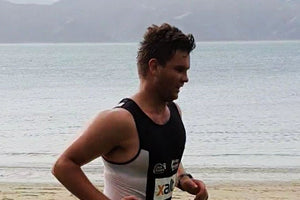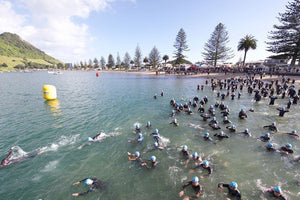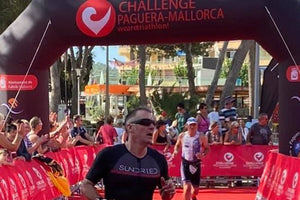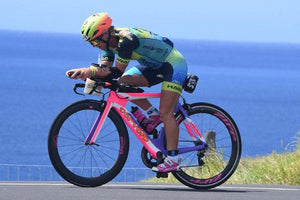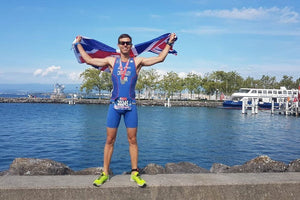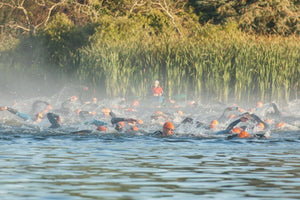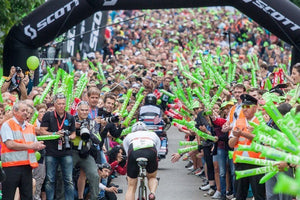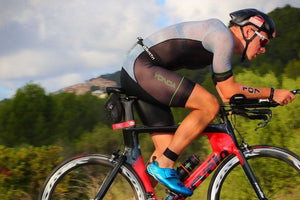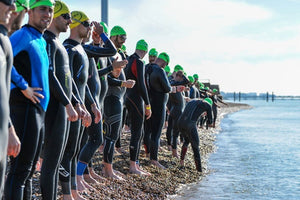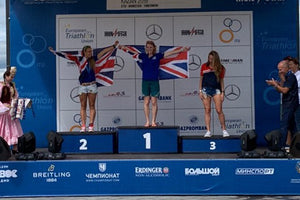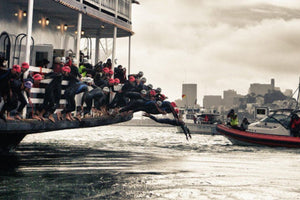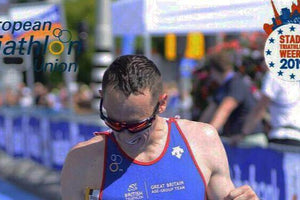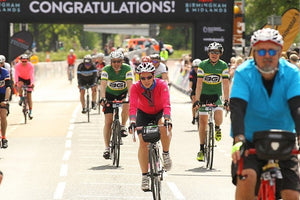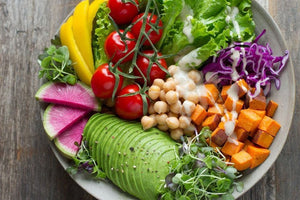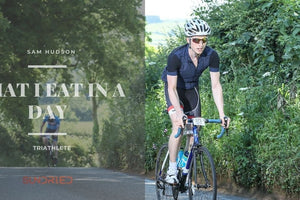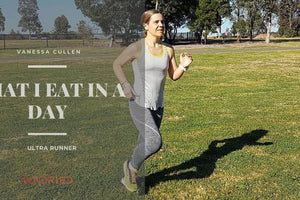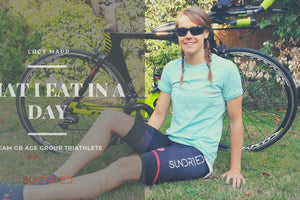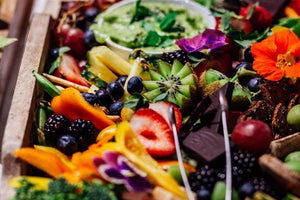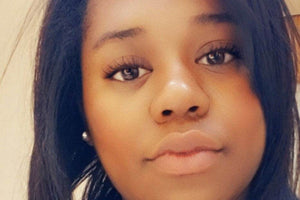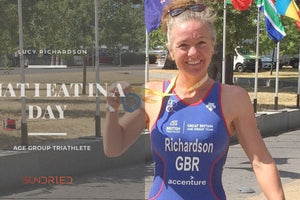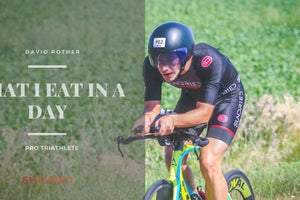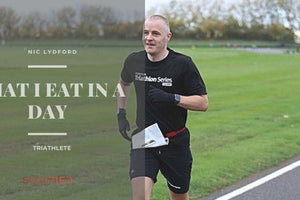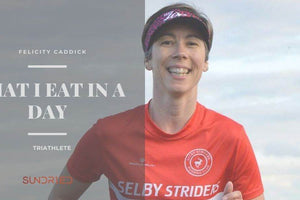
Image credit: Richard Knight Photography
Since the 19th century, professional athletes have been defined as people who make a living from their sport. They are the people on TV, the ones on the covers of magazines, and are everywhere on social networks. We know them, we imitate them, and we dream about competing against them. We also dream about winning like them.
Professional athletes are the best in their sport and in triathlon this is no different. However, in order to become professionals, these athletes had to be amongst the top amateur athletes. What did it take for them to turn pro and how did they do it?
Maybe you have heard the Malcolm Gladwell theory that you need 10,000 hours of practice in something to become an expert. Well, this definitely falls short for professional triathletes. If you want to become a pro, you need a lot more than just 10,000 hours of training time. You need to train harder than your rivals, it helps to have good genetics, you need to create the perfect lifestyle with a balance of family, friends, and socialising, you need to have motivation, self-esteem, resilience, sacrifice, you need to know the right people, and possibly even just a bit of dumb luck.
As a pro athlete, you live focusing 100% of your life on your sport, most of the time supervised by a team of professionals like your coach, personal trainer, physiotherapist, sport doctor… Your life is a daily routine in which everything is pointed towards achieving your potential performance. This means constantly planning for very specific volumes and intensities during the season, planning for recovery and sleep, and eating for fuel to guarantee that the specific needs for your training are met.
Despite travelling the world for racing, life for most professional athletes is very simple and boring. In terms of money, they mostly rely on sponsors, sports grants, and governmental and institutional supports to fund their seasons. Top pro athletes will receive prize money as well but unfortunately, triathlon is a sport in which only the top 3 to top 5 will receive enough prize money to make a living. This is why it is becoming more common for pro triathletes to also do some complementary activity to have an additional income such as coaching (like Pablo Sapena - ITU Long Distance World Champion) or setting up their own business (like Jesse Thomas or Fernando Alarza among others).
On the other end of the spectrum, we have the vast majority of participants in any event: the passionate Age Groupers or amateur triathletes. In fact, they tend to be so passionate that they love the sport as much if not more than the pro athletes. However, unlike pro athletes, they have other commitments in their life such as a full-time job or children to raise. This means they will never be able to dedicate 100% of their time to the sport and therefore, their performance will never be the same.
As an amateur, you have to manage your training to fit around a full-time job, family, children, friends, and social commitments, which will affect the way you train. The volume and intensity won’t depend on what is best for your training, it will depend on what fits around your life. You also have to pay for everything from entry fees and travel to all your equipment, as well as a coach and sporadic visits to a physiotherapist. Most won’t even look into nutrition and those who do, tend to do it “half way” as it would require too big of a sacrifice and challenge to fit it in their life.
In the following table we summarise some of the main aspects that define amateur and pro athletes.
|
DIFFERENCES |
AMATEUR TRIATHLETE |
PRO TRIATHLETE |
|
Objective |
Enjoyment/Personal challenge |
Performance/Winning |
|
Planning |
Training conditioned by work, family and other commitments |
Life organised around training schedules |
|
Physio and massages |
Occasionally |
Weekly |
|
Coach |
Most don’t have or club coaches |
Most have |
|
Rest time |
What life allows |
Is a focus to recover fully from sessions |
|
Hours of sleep |
6-8 h/day |
9-11 h/day |
|
Nutrition |
Not a focus |
Planned and controlled for fuelling |
|
% against other athletes |
Among the 99% of athletes |
Among the 1% of athletes |
|
Specialization |
Don’t tend to |
Tend to focus on a specific distance (LD, MD, Olympic or Sprint) |
|
VO2max |
Less than 70ml/kg/min |
Above 75ml/kg/min |
There will always be, however, amateur athletes that fall in between these categories and indeed, there are more athletes each year that could be included in a new category. The so-called 'Pro Age Groupers'. These tend to be a group of athletes that, despite being amateurs and hence cannot make a living out of triathlon, live almost as if they were pros.
These Pro Age Groupers have very good organisation, are extremely motivated, and step by step are closing all the gaps with Pro Athletes. This normally comes from a very flexible job or even some people changing jobs to adapt their life around training and not the other way round as we might expect. This leads to several top athletes that can be seen on the top of the boards competing against professionals. A lot of brands are actually endorsing this type of triathlete – like Sundried, who are represented by many elite age groupers.

Image credit: Richard Knight photography
In these athletes, brands see people with the capacity to be influential and show the world that it is possible to combine both parts of your life and perform at the top level. For example, at the last Challenge Shepparton (Australia), 4 athletes out of the overall top 10 were amateurs.
Whichever of these categories you fall into, it is very important to know where you are and where you stand. It is clear that at any level, triathlon is a sport that provides a lot of highs in your life and personal achievements. But we cannot forget that when we set ourselves a goal, whether as a Pro, Age Grouper or Pro Age Grouper, we are putting pressure on ourselves and this will vary massively depending on how seriously you take the sport.
About the author: Pablo Marcos is a Sundried triathlete ambassador who turned pro in 2018. He has achieved wins and podiums at half and full Ironman distance and competed at the Ironman 70.3 World Championships in 2017.



